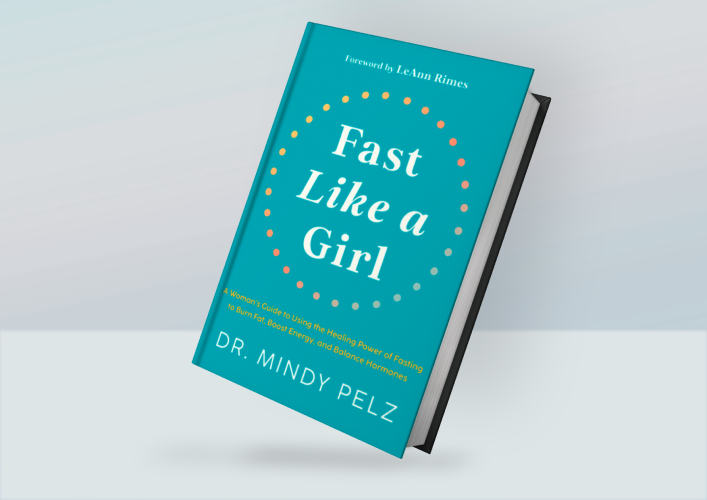Fasting: A reset for your cells, not just your waistline
What if fasting wasn’t really about losing weight at all? At its core, the real magic of fasting is cell repair. When we give the body time without food, it turns inward — sweeping up damaged or dysfunctional cells, recycling components, reducing inflammation, and creating space for regeneration. Weight loss, if it happens, is simply a by-product. The true benefit lies in healing, balance, and restoration of health.
Dr. Mindy Pelz has shared many stories from her community that highlight this deeper healing: auto-immune conditions that have been reversed, people losing weight after years of struggle, and others suffering infertility falling pregnant — things that felt almost miraculous. These aren’t just about changing bodies — they are about reclaiming lives.
Why fasting works differently for men and women
A growing body of research supports intermittent fasting as a path to better metabolic health, improved insulin sensitivity, and enhanced longevity. But fasting doesn’t hit the same for everyone, especially when factoring in sex, hormone cycles, and life stage. Dr. Pelz emphasizes this over and over: women’s bodies are more sensitive to energy availability, stress, and hormonal rhythms. Fasting that’s too aggressive, or not timed well, can disrupt the menstrual cycle, mood, fertility signals, or even rest and recovery.
For many men, longer fasting windows often yield clearer early gains: in energy, body composition, and blood sugar control. Women, depending on where they are in their cycle (or in menopause / perimenopause), may do better with more nuanced patterns.
It’s not about restriction, but rhythm. Some days call for nourishment and shorter fasts; others for extending the fasting window to support deeper repair. For example, in the first few days of your period, your body thrives on nutrient-dense, comforting meals and shorter fasts. Later in the cycle, particularly in the weeks when hormones prime you for strength and stamina, women are often built for powerhouse fasting windows — leaning into slightly longer fasts with more ease and resilience.
Practical ways to explore fasting
Start small. Try a 12–14 hour overnight fast for a couple of weeks (finish dinner by early evening, eat breakfast mid-morning). It’s enough to begin triggering repair without overwhelming your system.
Track more than the scale. Notice how your sleep is, how your moods shift, energy levels, menstrual regularity, libido. These are your body’s feedback signals.
Match your life stage. If you’re trying to conceive, are pregnant, breastfeeding, under high stress, or have an autoimmune diagnosis — get clinical guidance and focus first on nourishment and healing. If you’re in perimenopause or menopause, there may be more windows of support for fasting — but always tailored.
Feed the non-fasting windows well. Whole foods, quality protein, healthy fats, fibre, and micronutrients are what enable cell repair and reduce side effects.
Fasting isn’t a badge. It’s not a quick fix. It’s not about punishing hunger or chasing weight loss at all costs. It’s about giving your cells time to clean, renew, and reset. The fruit of that work may be weight loss, better energy, clearer thinking — but those are gifts, not goals.
If you’re curious to go deeper, Dr. Pelz’s book Fast Like a Girl is an excellent guide with cycle charts and nourishing recipes to support and empower you on your fasting journey.
Liferegenerated.com.au @life.regenerated

